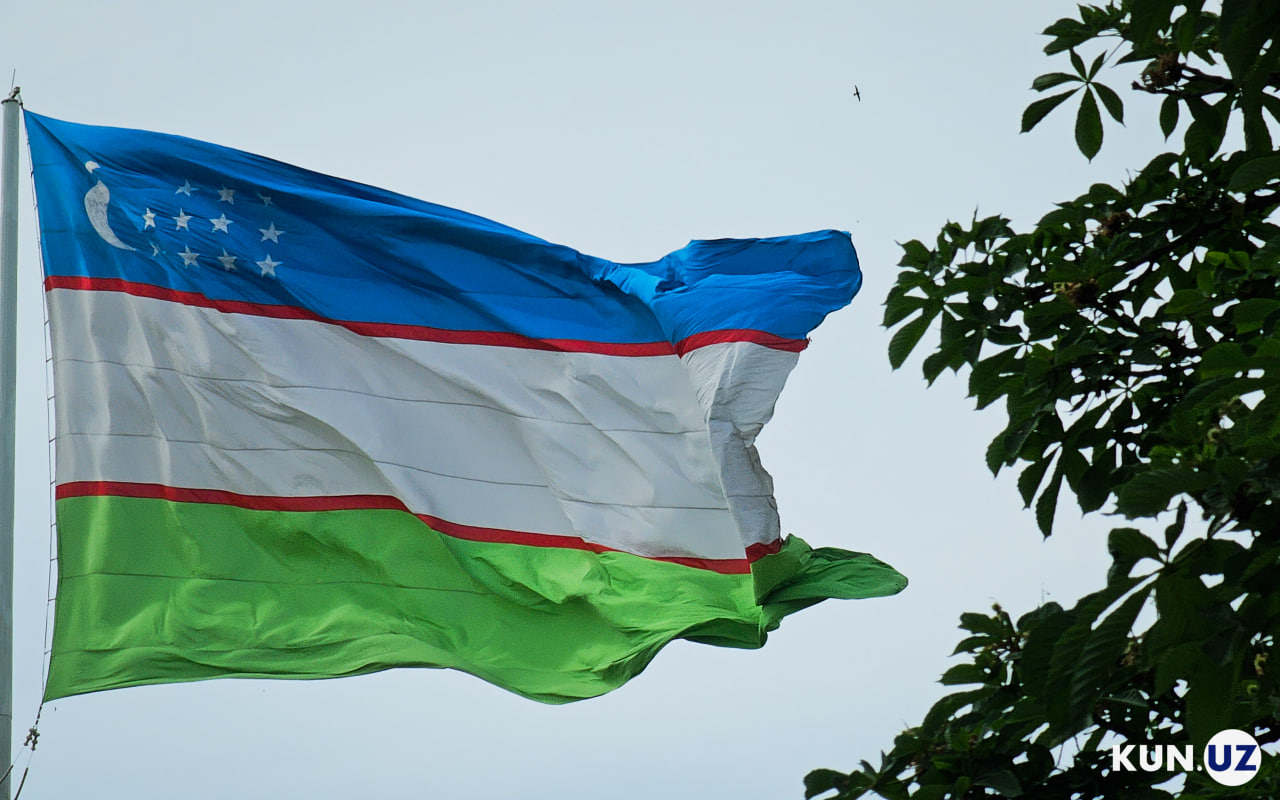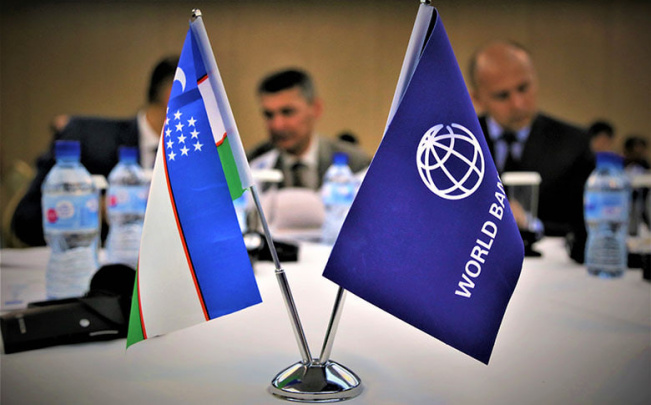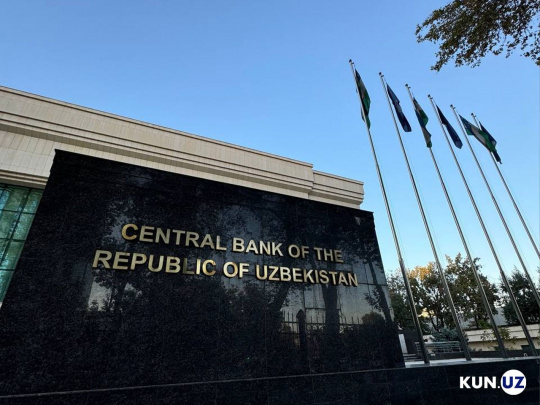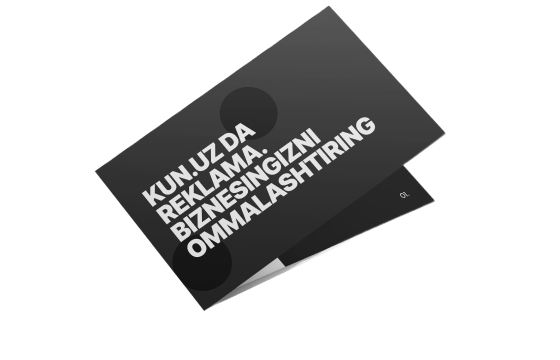Uzbekistan’s external debt hits $68.4B amid surge in corporate borrowing
In the first quarter of 2025, Uzbekistan’s total external debt rose by $4.3 billion, reaching $68.4 billion, according to the Central Bank’s quarterly report on the country’s balance of payments, international investment position, and external debt.

Photo: KUN.UZ
Of this amount:
- Public (state) external debt accounts for $35.8 billion, an increase of $1.9 billion.
- Corporate (private sector) external debt reached $32.6 billion, up $2.4 billion.
The report notes that both the International Monetary Fund (IMF) and global credit rating agencies continue to assess Uzbekistan’s debt burden as moderate, largely because most of the loans are obtained under preferential terms.
For context, external debt is composed of public sector debt and private (corporate) sector debt. Notably, many entities categorized as “private” — including UzAuto Motors, Uzbekneftegaz, the National Bank of Uzbekistan, and Uzsanoatqurilishbank — are either state-owned or partially state-owned. The government still holds around 68% of the banking sector and issued billions of dollars in debt instruments between 2019 and 2021 through such enterprises.
Quarterly debt trends
In just the first quarter alone, the external debt grew by $4.3 billion, including:
- $1.9 billion in new state debt
- $2.4 billion in increased corporate debt
In comparison, total external debt rose by $10.8 billion in 2024, the highest annual increase since the Central Bank began tracking the data in 2013. The last significant jumps occurred during the COVID-19 pandemic in 2020 ($9.2 billion) and in 2023 ($9.8 billion).
In recent years, growth in public debt has slowed slightly, but corporate borrowing has increased sharply.
Government’s stance on growing debt
On June 3, Deputy Prime Minister and Minister of Economy and Finance Jamshid Kuchkarov addressed Parliament, emphasizing the need for large-scale investments, including those funded through external borrowing, to maintain sustainable economic growth.
“There’s active discussion on social media about public debt. Naturally, in a growing economy like Uzbekistan’s, there is a pressing need for major financial resources — both for infrastructure projects and the social sector. Large amounts of foreign investments are coming into the country through public-private partnership (PPP) projects and private capital,” Kuchkarov said.
He added that external loans are being used for urban and rural development projects:
“There’s no shame or problem in this — if I may say so. Those discussing rising debt should also acknowledge that Uzbekistan’s GDP has reached $115 billion,” he concluded.
Current account developments
In Q1 2025, Uzbekistan benefited from high global prices for its traditional export goods, even amid growing geopolitical tensions and trade fragmentation worldwide.
Positive trends in labor migration and tourism — which emerged last year — have also continued into this year.
The current account deficit was significantly reduced, coming in at -$160.7 million, compared to -$2.1 billion in Q1 2024.
The trade balance deficit shrank by 34% year-on-year to $2.6 billion, as exports surged while imports remained mostly stable.
- Total exports rose by 22%, reaching nearly $8 billion.
- Total imports stood at around $10.5 billion.
Remittance inflows and income from abroad contributed to positive balances in both the primary and secondary income accounts, recorded at:
- $148.9 million and
- $2.2 billion, respectively.
Investment and capital flows
The current account deficit was financed through a mix of foreign direct investment (FDI), portfolio investment, and other financial inflows:
- Net FDI inflows nearly doubled from Q1 2024 to $752.3 million.
- Net portfolio investment inflows, driven mainly by international bond sales, totaled $1.5 billion.
As a result, the financial account recorded a deficit of $791.1 million.
Reserves and investment position
Uzbekistan’s foreign currency reserves grew by $1.8 billion during the quarter. Additionally, thanks to a sharp rise in global gold prices, the country’s gross international reserves increased by $6.7 billion from the beginning of the year, reaching $47.9 billion as of April 1, 2025.
Uzbekistan’s net international investment position (NIIP) strengthened by 24% over the same period, reaching $17.2 billion.
- Residents’ foreign assets increased by $7.9 billion (+8%)
- External liabilities grew by $4.6 billion (+5%)
Related News

16:15 / 04.07.2025
World Gold Council: Uzbekistan tops global gold sales in early 2025

17:16 / 02.07.2025
World Bank: Uzbekistan needs more exports, less state control to sustain growth

12:15 / 02.07.2025
IMF: Uzbekistan’s public-private partnerships could burden future budgets

17:35 / 01.07.2025



